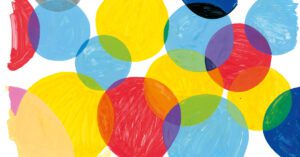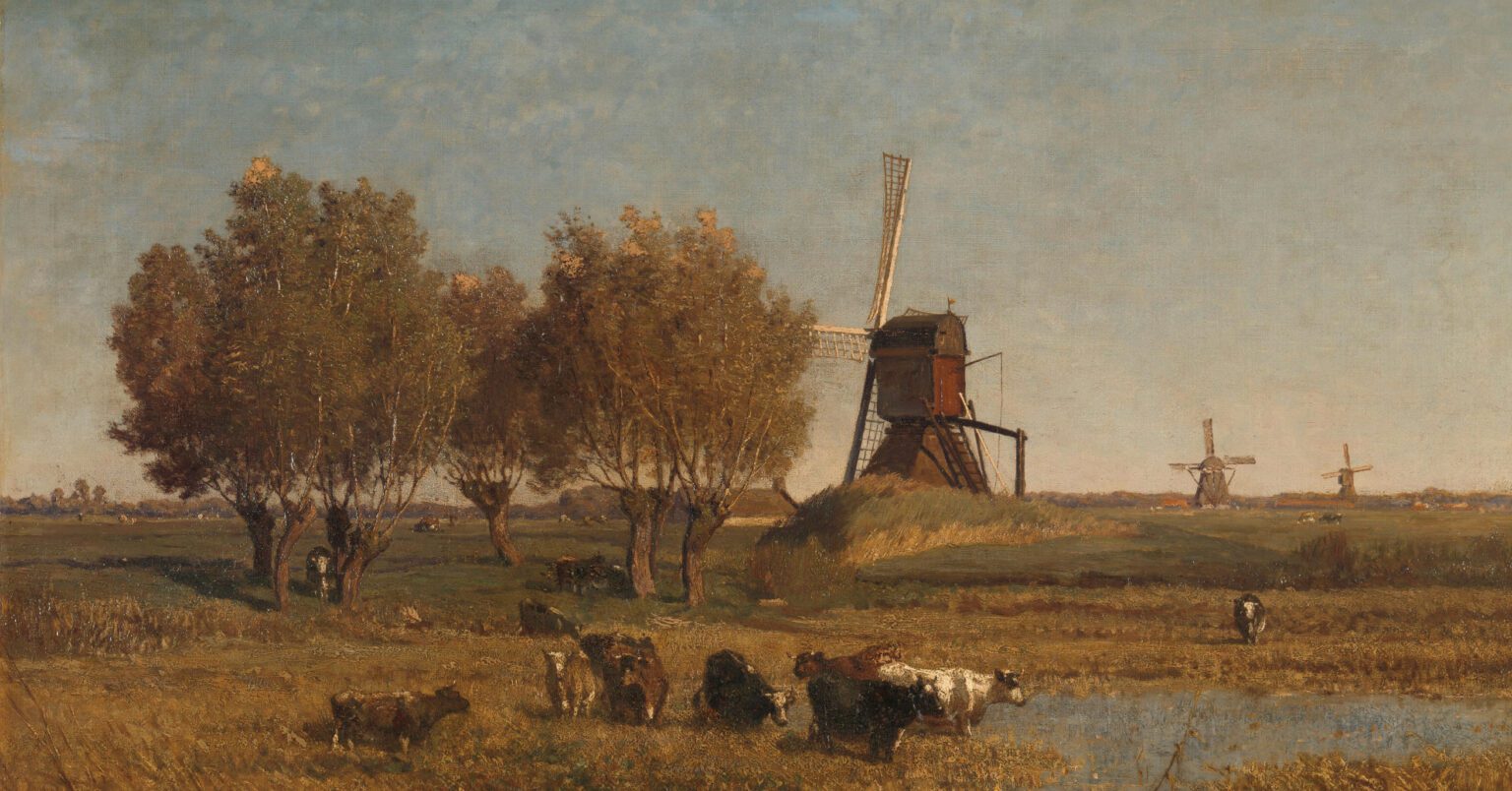

I arrived in Cambridge on a Saturday in early September, having just launched our fourth and final child to university, ready to pick up a book that was having trouble writing itself amidst parish, family, and neighborly responsibilities. And it wrote itself at Chesterton Mill!
I walked across Cambridge on a Monday morning, pushing jet lag behind me, and found myself in the KLC office with its huge picture windows, and which sits directly across from the iconic mill itself. As I settled in (with a cheery greeting from Otto) I found myself in a hive of creative and focused activity. In the subterranean cellar of the mill, I watched a vintner ferry bottles of wine up and down the steps into the dark recesses. Sometimes he would come flying out of the cellar with a bubbling pot of wax, with which he would proceed to seal his award-winning bottles in the old-fashioned way, leaving them outside to harden. Across the outer courtyard in another upper floor office is a trio of famous printmakers. Below them is a traditional craftsman-framer. Down the hall is a filmmaker. And one block away is one of the pre-eminent stone-carving workshops of Britain, led by a student of Eric Gill. Yet despite the flurry of artistry and production, because it is on the outskirts of Cambridge, it is a haven of calm and focused quiet.
Over the six weeks that I shared a desk in the KLC office at Chesterton Mill, I found my prayer life expanding by regularly attending evensong services across the town (and discovered that the smaller the college, the more intimate the prayer; my favorites were Clare College and Gonville & Caius College). I was able to catch a few KLC events and be part of a congratulatory wine and nibbles party for the launch of the ArtWay website. I reconnected with professors from past schools I had attended or taught at. I had use of the KLC bike (read: Craig’s personal bike) which halved my walking commute. I discovered the cultural adventure that is the dozens of restaurants along Mill Road. I must admit that I did not attempt to commandeer a punt (a flat-bottomed boat with a square-cut bow) but am waiting for my husband to arrive and risk that adventure with me!
Mostly, I was able to experience KLC as a place where integration is always happening, and conversations roam around topics such as theology of the child, modern Danish composers, Reformed hermeneutics, architecture, the legacy of Hans Rookmaaker (“Rookie”), and the virtues of South African wines (Craig and Otto being fairly outspoken here!). The relationship of KLC with the Cambridge Theological Federation gave access to various events, such as the Hulsean Lectures. And for me personally, my project on the theological development of the church calendar in the early stages of the church was helped immensely by access to the Cambridge University library. I was able to leave Cambridge with the bulk of my book finished, returning home to parish responsibilities and family with a deep sense of completion and gratitude. I hope any KLC member out there who can take a brief respite from their responsibilities can make the pilgrimage to Chesterton Mill. You will discover rich academic and spiritual rejuvenation waiting for you.
Julie Canlis is liturgical director at Trinity Church, Wenatchee, and author of Calvin’s Ladder and A Theology of the Ordinary.
We’re changing how you can read and share TBP online. Stay tuned…